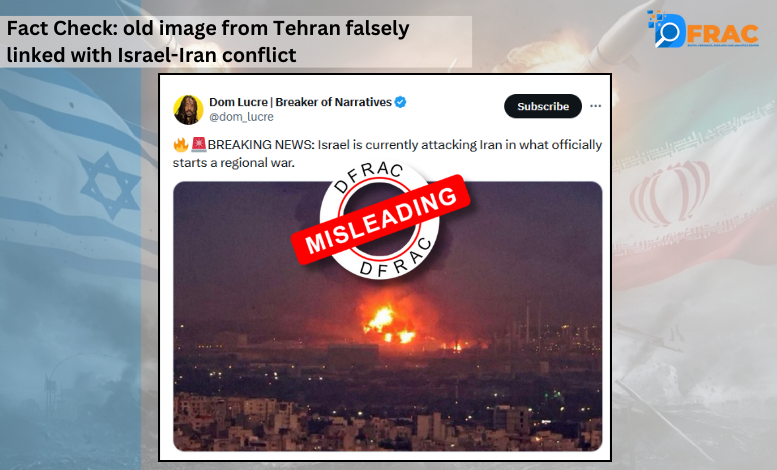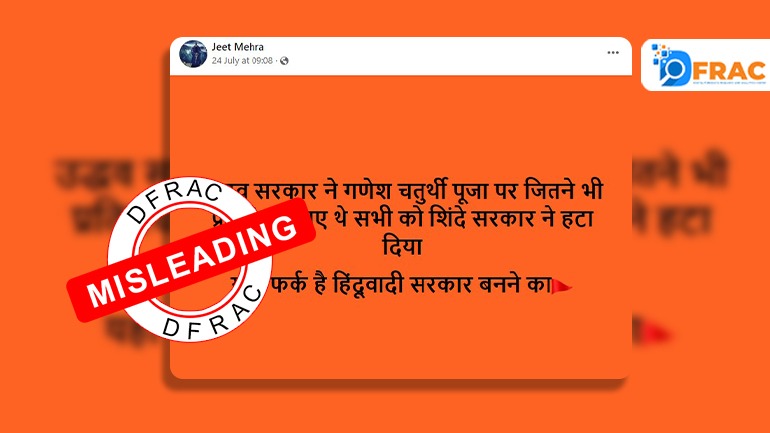India, with the largest user base of 487 million (Statista) and a user growth rate of 16.6% every year, WhatsApp has emerged as the biggest carrier of what is now called “fear speech,” adding fuel to the increasing communal violence in the country.
An interesting study of WhatsApp usage by a group of scholars of IIT Kharagpur and MIT of USA says that “On platforms like Twitter and Facebook, the platforms can monitor content being posted and hence provide content moderation tools and countering mechanisms in place, like suspension of the user and blocking of the post, for limiting the use of harmful/hateful language. WhatsApp, on the other hand, is an end-to-end encrypted platform, where the message can be seen only by the end users. This makes the spread of any form of harmful content in such platforms much easier.”
The scholars, in a paper titled “Short is the Road that Leads from Fear to Hate”: Fear Speech in Indian WhatsApp Groups,” identified ‘fear speech,’ which is defined as “an expression aimed at instilling (existential) fear of a target (ethnic or religious) group.” In these types of messages, fear may be generated in various forms. These forms include but are not limited to: Harmful things done by the target groups in the past or present (and the possibility of that happening again). A particular tradition of the group which is portrayed in a harmful manner… Though it cannot be pinpointed if “fear speech” is the cause of the violence, it lowers the threshold to violence,” the paper pointed out.
The scholars came to their conclusion in a per, recently accessed article, that “following the data collection strategy from Garimella et. al, we collected the data from over 5,000 such groups, gathering more than 2 million posts. Using this data, we manually curated a dataset of 27k posts out of which ∼ 8,000 posts were fear speech and ∼ 19,000 were non-fear speech. Specifically, we make the following contributions: For the first time, our work quantitatively identifies the prevalence and dynamics of fear speech at scale, on WhatsApp, which is the most popular social media in India. We do this by curating a large dataset of fear speech. The dataset consists of 7,845 fear speech and 19,107 non-fear speech WhatsApp posts. The dataset will be made public after the completion of the review process of the paper. We develop models that can automatically identify messages containing fear speech.”
Indians are fully aware of WhatsApp as a vehicle to spread hate and fear by communal groups and one of the reasons to ban the Internet in troubled areas. That has been cited as a reason to control the spread of violence in disturbed areas, in recent months in places like Manipur too. According to a recent report by the US commission mandated to monitor religious freedom globally, India is one of the 14 countries where religious minorities are constantly under attack. In India, most of the religious conflicts are between Hindus and Muslims [49] who form 79% and 13% of the overall population, respectively.
As the country is entering the election mode for a few States and also the 2024 general elections, it is high time that the Election Commission of India seriously examines the issue of “fear speech,” which is worse than hate speech in a democracy. The technologists might take some time to develop methods to identify the “fear speech” by vested interests, but in the interim, there is a need for regulating such groups for ensuring free and fair elections in the country, which prides itself as the “mother of democracy.”





